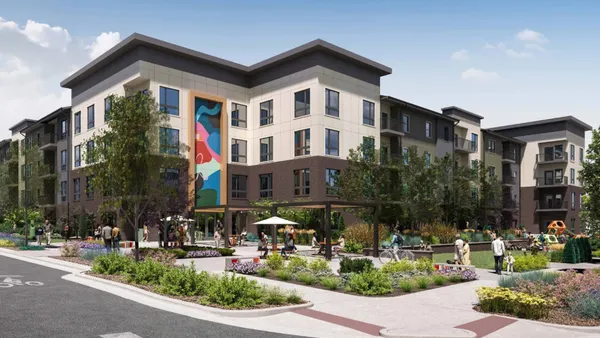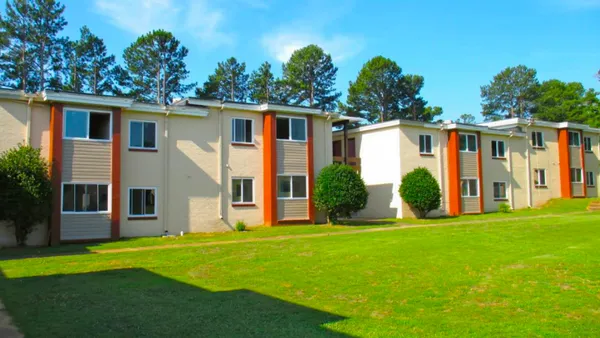With a slowdown in the shifts in rent growth and vacancy, the multifamily market has begun to approach stabilization in the third quarter. But this normalization trend has shown stark divides among property classes. Mid-priced apartments stand out as leading the stabilization, while high-end properties continue to be plagued by oversupply.
Defining mid-priced and luxury apartments
Mid-priced apartments are also known as three-star properties in the CoStar national building rating system. Star ratings range from one to five, with one representing the lowest quality and five the highest, which also correlates to relative price point in the local market.
-
Three-star refers to mid-quality apartments or mid-priced apartments, which are typically older buildings and have more limited amenities than luxury apartments. These buildings may also be smaller, such as garden-style apartments rather than high-rise buildings.
-
Four- and five-star represents luxury apartments, which are typically newer construction, in addition to their upscale amenities and high price point.
Mid-priced apartments lead rent growth
Overall rent growth in the third quarter decelerated to 0.8%, according to the latest CoStar data. In contrast, rent growth for three-star apartments, at 1.4%, was nearly twice as high as the national rate.
At 6.5%, mid-priced apartments have also seen vacancy rates lower than the national average.
High-end properties continue to struggle
Four- and five-star apartments face a more challenging recovery. In Q3, rent growth for these luxury apartments dropped into negative territory for the second straight quarter, reaching negative 0.4%.
At 9.5%, the vacancy rate for four- and five-star properties is the highest for all building types, 3 percentage points higher than for mid-priced apartments.
Why are four- and five-star apartments struggling?
A severe supply–demand imbalance has been blocking the recovery of high-end properties.
Record-high new deliveries have flooded the market, turning rent growth negative. Nearly 1 million units are currently under construction, and 560,000 units are expected to be delivered by the end of 2023.
Traditionally, some renters from lower price points would move into luxury apartments when prices dropped. But this past behavior, which would help restore supply–demand imbalance, is no longer widespread.
Because rents diverge drastically by price point, most renters who now live in a mid-priced unit would struggle to meet the income requirements of a luxury apartment, even with concessions and the fall in asking rent.
What will recovery look like?
An economic recovery could be on its way for three-star apartments, but luxury properties face a rockier road ahead. The high supply and relatively low demand for four- and five-star apartments will persist into 2024, and vacancy rates for this building class are projected to hit double digits by the end of 2023, according to CoStar.
But relief is expected to arrive late into next year. Most major markets are forecast to see rent growth increase in 2024, as demand expands to meet shrinking supply.








